The fancy story of the Super NES CD-ROM
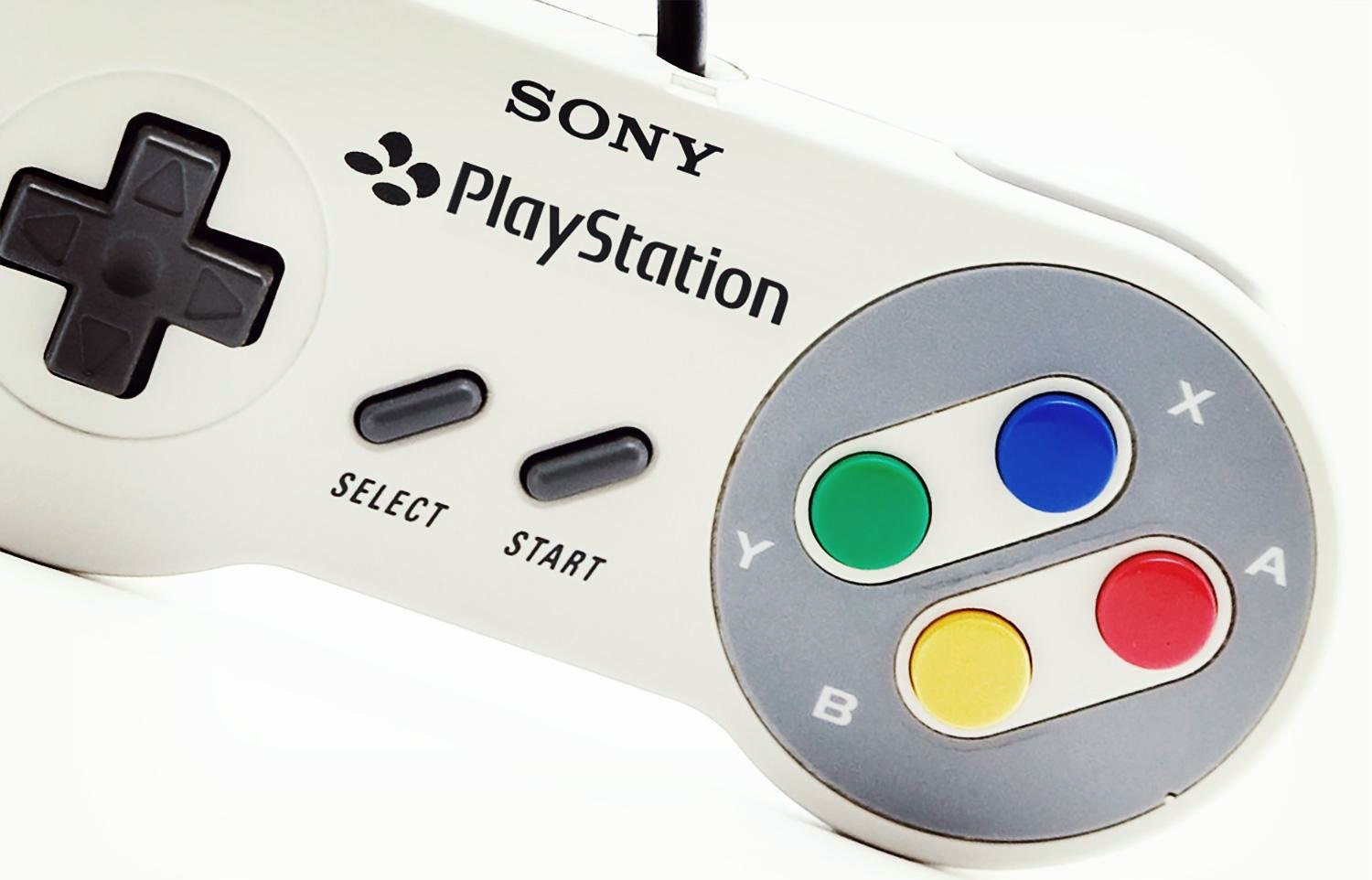
Nintendo never released a gaming system from a CD-ROM, but for some time in the early 1990s, it experimented with this idea. As a result, this led to the emergence of many articles with rumors in video game magazines, a lot of vaporware , several terrible games of the Zelda series, and one invaluable prototype.
The legacy of the Super NES CD-ROM is also historical misinformation, confusion and unfounded myths.
In the early 1990s, only a small proportion of users had a CD-ROM, but it was clear that the CD would soon become the future of video games. A large and expensive game cartridge of that era could hold no more than 2 MB of memory, while a cheap CD-ROM could hold more than 600 MB. Developers could use this huge amount for lengthy video inserts, high-quality audio tracks and everything that tells them their imagination. And for a while it seemed that Nintendo was also moving in that direction.
')
“He’s coming!” Wrote this in the Nintendo Power issue of their own Nintendo Power magazine in April 1992 about the CD-ROM drive for SNES. The 16-bit Super Nintendo Entertainment System was released in the USA last September, and now Nintendo has promised that for just $ 200, players will be able to upgrade the console-running CD support CD in January 1993. And no later, because the competing NEC has already created a CD-drive for its system Turbografx-16, and Sega was already preparing to release a drive for Genesis in late 1992.
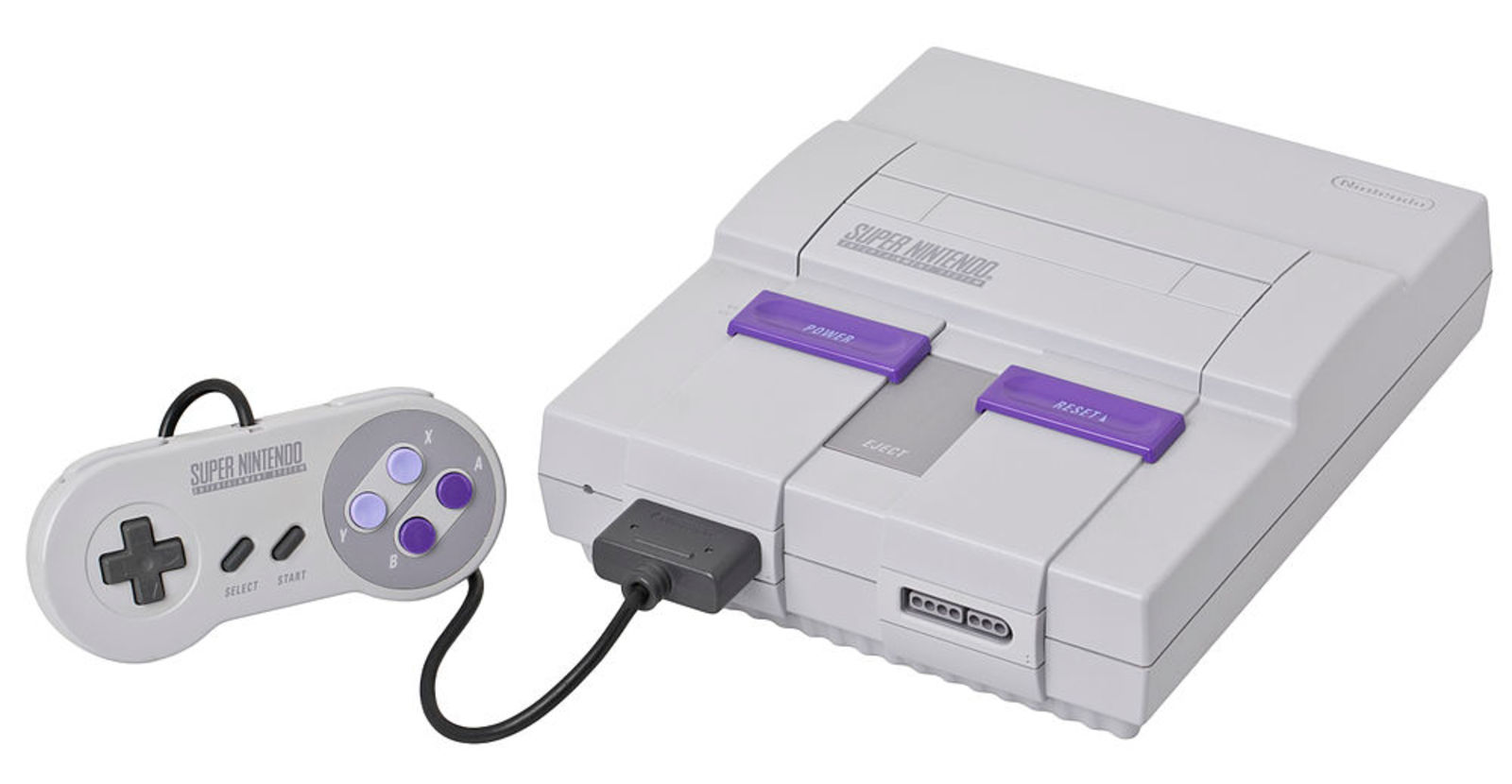
Super Nintendo Entertainment System, released in 1991. Photo: Evan Amos (Public Domain)
But the Nintendo drive never became a reality. To understand why this happened, we need to make a trip back in time, to the origins of consumer equipment to read a CD-ROM.
Although it is generally believed that CD-ROM is a technology of the 90s, the first CD-ROM reading devices were released back in 1985. As one of the notable examples, the Philips CM 100, which was the size of a gaming console, cost $ 1,500 ($ 3,500 at today's prices) and was sold with the Grolier encyclopedia disk (text only, no graphics). As you can guess, in the mid-80s it did not become widespread, because then many home PCs did not even have hard drives. It seems that it was mainly acquired by libraries, corporations and other organizations that needed to store large amounts of data.
The first gaming machine with a CD-ROM, (possibly) which became the first device with a CD-ROM intended for the general public, was CD-ROM2 - an addition to the console Japanese PC Engine, known in America as TurboGrafx-16. Released in December 1988, the device outpaced its time and was quite expensive - about $ 600. The first games (for example, Fighting Street - the version of the original Street Fighter ) were very similar to games from cartridges, and a huge amount of CD was used only for better music and voice samples. At that time, it was not very clear how much video games could benefit from CD-ROM. That year, a young engineer from Sony convinced Nintendo to add a CD-ROM drive to the company's next game console.
"You can make your car from CD-ROM"
The entire SNES CD-ROM project began with young Sony engineer Ken Kutaragi, who later became known as the “father of the PlayStation”. Kutaragi made a deal with Nintendo to create a sound chip for the Super NES - obviously, he made this decision without the knowledge of Sony's top management. The project was successful - the sound hardware SNES is considered one of the most successful aspects of this console. As the next step in a fruitful collaboration between Nintendo and Sony, Kutaragi suggested that Sony be given permission to create a Super Nintendo with an integrated CD-ROM drive. Nintendo has agreed.
The behind-the-scenes details of this transaction are almost completely hidden by the secrecy of the privacy policy of Japanese corporations, but at the end of 2016 we had the rare opportunity to raise it a little, at least from the point of view of one person. Shigeo Maruyama, the former head of Sony Computer Entertainment, spoke about this to the Japanese site Denfaminicogamer , and Nintendo Everything translated the article .
Kutaragi “actively promoted CD-ROM support instead of cartridges,” said Maruyama. “But Nintendo wanted to continue using cartridges for gaming. In the end, it takes 10-15 seconds to load a CD-ROM. They probably thought that the players would not want to wait that long. But Kutaragi continued to persist, so Nintendo said to him: “Well, well. We do not think that the project will be successful, but you can make your machine from a CD-ROM "."
In general opinion, it was Nintendo’s skepticism about the future of the CD-ROM that gave Sony in the agreement signed by Kutaragi too many opportunities. Sony acquired the rights to create and sell software for CD-ROM, which will run on a Super NES-compatible machine, called the Play Station. She was not obliged to pay Nintendo any license fees and receive approval for the release of games on CD-ROM. This meant that if developers and consumers accepted the idea of CD games on Super NES, then Nintendo would not receive a cent from the sales of these games, but would only earn money by selling hardware.

Found in 2015, the Play Station prototype is exactly the machine that Ken Kutaragi of Sony created in 1991: Super Nintendo, connected to a CD-ROM drive. Photo: Mats Lindh ( Flickr / CC BY 2.0 )
Why did Nintendo allow it? Maruyama said that this happened because Sony "clearly stated that it would do anything, but not the release of video games." In other words, Sony’s position was that it would create encyclopedias on the CD-ROM, software for home karaoke and other non-game applications, and leave all the games to Nintendo. But it is obvious that this was not recorded in the contract, so after signing it, Sony had a complete carte blanche.
In addition, in order to understand what was happening, it is helpful to see how Sony evolved in the late 1980s. At the beginning of the decade, Sony was just a developer of electronics, and also engaged in life insurance. But at the end of 1987, she acquired CBS Records, which recorded Michael Jackson and Billy Joel. In 1989, she bought Columbia Pictures. That same year, she founded the Sony Imagesoft video game publisher. In just two years, Sony has evolved from a hardware company into a media monster. This may have contributed to the excitement of Nintendo as the release of the Super NES comes.
Summer failure
If you have ever heard the story of the Super NES CD-ROM, then it was probably the following: at the 1991 Summer Consumer Electronics Show, the whole world was waiting for Nintendo to speak at its press conference and again confirm that Sony will create a CD drive ROM for the soon released Super Nintendo. However, Nintendo betrayed its partner and shocked the world, stating that instead decided to collaborate with Philips to create the SNES CD, and this was a strong insult to Sony, which forced the company to continue to work independently and develop the console, which we now know as PlayStation.
This is an exciting story, but it is not entirely true. The situation was much more complicated.
It’s true that almost until the very summer CES, the Nintendo-Sony deal was still valid. The Nintendo Power article on Super NES in a June 1991 release states that "a CD-ROM device is currently being developed jointly by Nintendo and Sony." It is also true that very quickly everything was ruined. But the point was not that the leadership of Sony, sitting in the hall at the press conference, heard the word “Philips” instead of “Sony”.
Sony management, as David Sheff wrote in his 1993 book Game Over , “learned about the upcoming press conference 48 hours before it and was ... shocked.” The head of Nintendo of America at that time, Howard Lincoln, told Scheff that when Sony heard the news, she abruptly began to act, trying to end the entire press conference. “A great deal of effort was made throughout the world to prevent this performance,” he says.
How did the Sony spies find out that Nintendo was planning to announce a collaboration with Philips? Probably with the help of time-tested spyware - they ... read the newspapers. "Nintendo and Philips are joining forces to create games on a CD," read the headline of an article in the Seattle Times on May 31, 1991, exactly two days before the Nintendo event on June 2. "The press secretary of Nintendo said that the Japanese Nintendo Co. Ltd. entered into an agreement ... with the Dutch electronics manufacturer Philips Electronics NV on the distribution of the company's popular games on CDs, ”the article said.
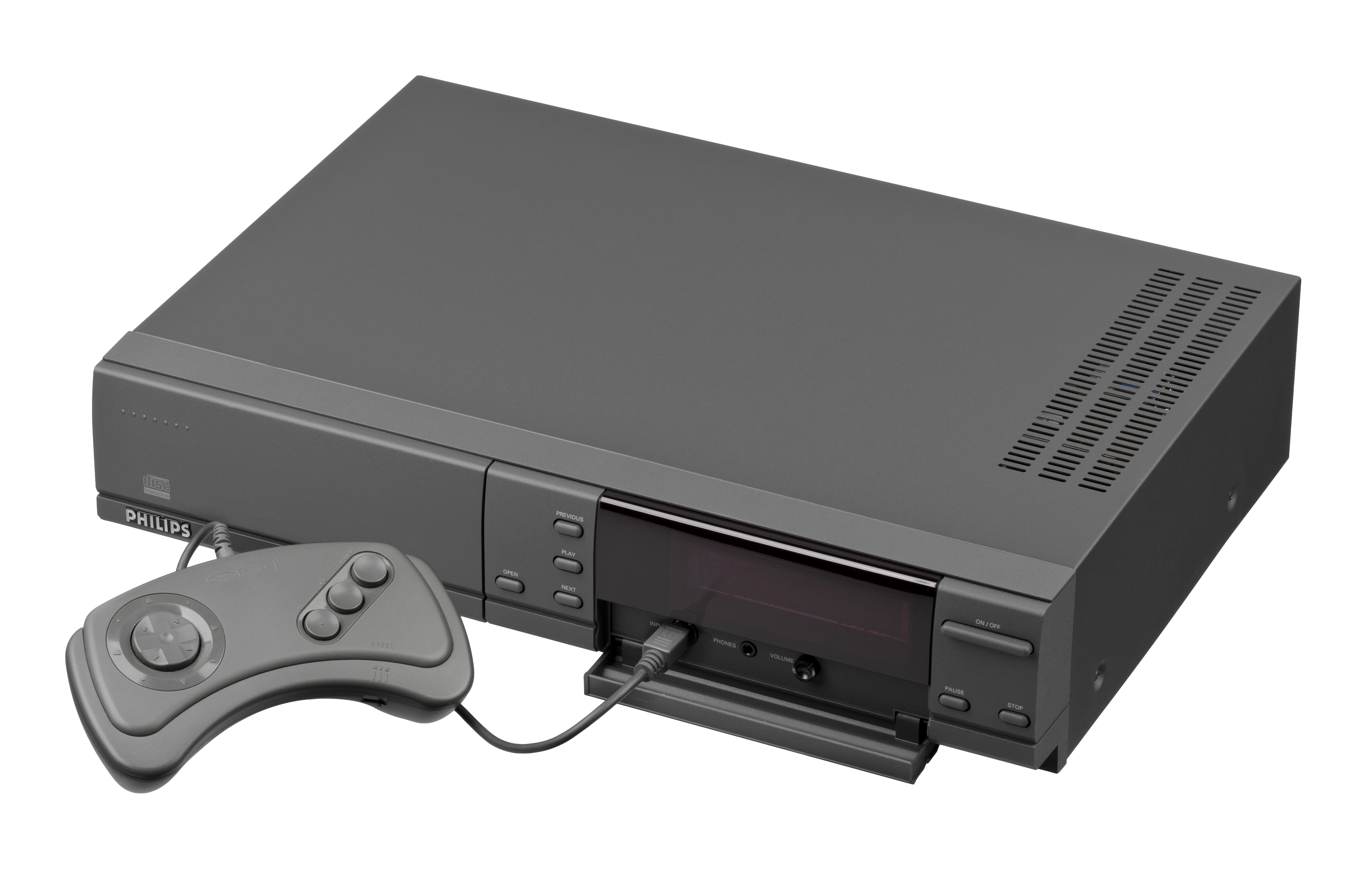
Console Philips CD-i, which in the framework of cooperation between the two companies was supposed to be compatible with SNES CD-ROM. Photo: Evan Amos (Public Domain)
So, a spokesman for Nintendo has already told the press that the company plans to cooperate with Philips, despite the deal already concluded with Sony. This meant that when Sony held its own press conference on June 1, 1991, and announced its Play Station console, she already knew what Nintendo plans to do the next day.
Perhaps that’s why the press representatives came out of the Sony press conference with a feeling that Sony was planning to use the contract with Nintendo to try to get into the area of publishing games in a detour.
"The Nintendo partner, Sony, will be at the same time its competitor," read the headline of the New York Times article for June 1, which came out after the conference. “Although Sony and Nintendo worked together on the machine, Sony will obviously become a competitor to Nintendo,” the article said. "Sony confirmed yesterday that it received license rights for all games on CDs developed for the new system."
“Thanks to this oversight, Sony has gained a very important business advantage,” notes Larry Probst, the former CEO of Electronic Arts. Sony has clearly shown that it is going to take advantage of its new acquisitions in the music and film industry, announcing the planned release of the game based on the movie "Hook" and telling about the possibility of playing about Michael Jackson.
So, although the transition from Sony to Philips really happened rapidly, in fact, when Nintendo finally announced this officially on June 2, it did not surprise anyone. When the dust settled, Sony still continued to make plans for the release of the Play Station, which was then just a Super Nintendo with a CD-ROM drive connected to it, and create gaming software for it on a CD. Separately from her, Nintendo and Philips had to unite to develop an add-on to Super Nintendo with the ability to read a CD-ROM and be compatible with a separate machine that Philips wanted to launch in the same year called CD-i.
“Our engineers agreed that from a technical point of view, it’s better for Nintendo to work with Philips,” Howard Lincoln told the New York Times . "There is a dispute between Sony and Nintendo about the terms of the agreement." At that time, the Super Nintendo itself had not yet been released, and the Times rightly noted that this whole story of betrayals had distracted attention from the real and really high-quality games that Nintendo had demonstrated at CES.
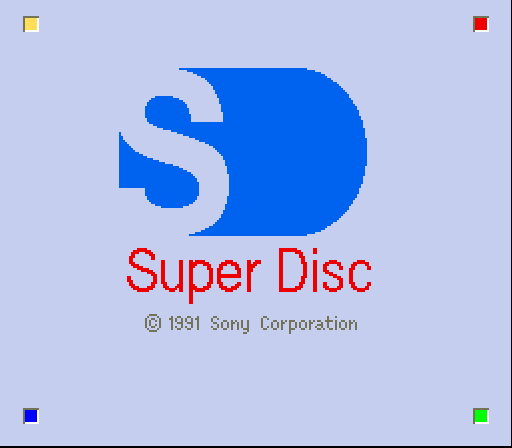
The boot screen of the SNES CD-ROM prototype is Sony's Play Station. Screenshot: Kotaku
“It's easy to say that Sony was an innocent victim, and Nintendo was an absolute villain,” explained the former head of Sony Computer Shigeo Maruyama in a 2016 interview with Denfaminicogamer. "In fact, the company told us exactly this story when I worked at it." But he is not sure that Sony was to blame. “I had the feeling that there were some frauds behind the scenes. In the end, there must have been some reason why Sony could not continue working with Nintendo. ”
Since it was obvious that Nintendo couldn’t wait for support, Sony finally decided to abandon the development of the first Play Station, and the device became legendary. In 2015, it turned out that the prototype of the device was in the hands of a person who bought the property of the former head of the company Olaf Olafsson from the auction. It was the last reminder of the story that was not destined to happen: the Sony logo on the Super Nintendo controller.
Million Dollar Guest
It was the end of the Play Station story, but the SNES CD-ROM saga continued. In the April 1992 issue of Nintendo Power , Nintendo has hopes for the future development of the SNES CD-ROM. Although the details were still vague, it was obvious that the plans of Nintendo and Philips did not resemble the Kutaragi device, that is, just a CD drive connected to the Super Nintendo. The new addition was to increase the computing power of Super NES, adding eight megabytes of RAM and the ability to play full-screen video.
Although Nintendo took the opportunity to state that the device was “already close”, it did not announce any games for the SNES CD-ROM. Instead, the Nintendo Power article mentioned a rather small number of games already released for PCs with CD-ROM drives of the time. The implication was (but it was never explicitly said about it) that these games may appear on the device. One of the games mentioned was Cymic Worlds Cosmic Osmo . Cyan released the first game on CD-ROM for PC - The Manhole , and it was a year before the release of the first CD-hit: Myst .
The article also mentioned a project under development under the simple name of Guest , which later turned into The 7th Guest , another hit game on CD-ROM, released next year. The action of this puzzle game takes place in a gloomy mansion created with the help of pre-rendered 3D videos. 7th Guest consisted of a set of smart technical tricks that complemented the beautiful-looking, but rather shallow game. Nevertheless, it looked so good that Nintendo wanted to make it an exclusive project for its platform.
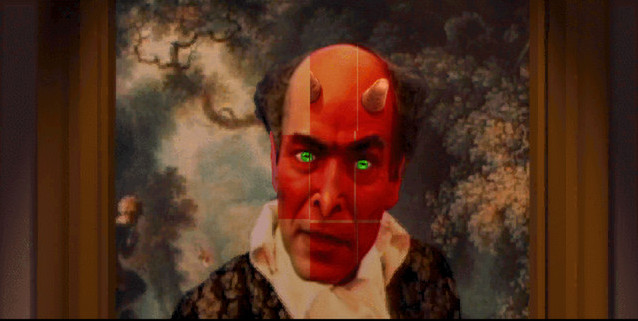
The 7th Guest. Screenshot: Nightdive Studios (Steam)
“One time, people from Nintendo called us,” says a former Virgin Interactive employee in Stephen Kent’s 2001 book The Ultimate History of Video Games . "They tried to find games that would fit their CD-ROM game drive." Virgin showed Nintendo The 7th Guest , and “just a few days later” Nintendo began negotiations to obtain exclusive rights to release the game for the console. As a result, Nintendo paid a million dollars for rights that it never used, and The 7th Guest never came out on any console, with the exception of Philips CD-i.
There was only one noticeable Japanese developer who publicly declared support for the Nintendo: Square CD-ROM drive, which “worked hard to create software that would be the next generation of games — CD-ROM.” This was written in the 1992 summer issue of The Ogopogo Examiner . The RPG publisher sent this newsletter by mail to his fans. “The characters of the game will really speak to the player, and the paper guides to the game will be a thing of the past, because now for easy access, the tips will be displayed directly on the screen,” the article said.
The Square mailing list did not mention the names of specific games, but later it became known that the first game for the SNES CD-ROM was to be Secret of Mana . Since the release of the CD-ROM drive was postponed all the time, this action-RPG was transferred from the CD to the cartridge, which made it necessary to cut out some of the content. “I think that if you play it, then you will have a feeling that something is missing in some areas,” Ted Woolsey from Square told in an interview for 1994 .
But Square still believed that the device with a CD-ROM would still come out, so she made plans that the CD-drive would be used in another game - Chrono Trigger . That is why the game is so strongly associated with the idea of moving through time. As one of the developers said : “We wanted to take full advantage of the volume of the carrier and create a game in which you can visit many different worlds.” But Chrono Trigger also soon became a cartridge game.
Sabotage at Sony
By the end of 1992, there was still very little informative information about the SNES CD-ROM, but behind the scenes there was a secret development. On October 14, 1992, the day before the release by Sega in the United States, which created a big hype, the Sega CD - Nintendo and Sony announced that they had made up, and that Sony would now cooperate with Nintendo and Philips in working on the SNES CD-ROM.
"Nintendo and Sony have teamed up to create the next generation of video game technology," the Associated Press article said. "The agreement will also allow Nintendo and Sony to transfer licenses to develop, create and sell disk software to other companies, with all licensing operations going through Nintendo." A year after two rival press conferences, Sony and Nintendo apparently managed to solve a key problem - now Nintendo will earn license fees, and Sony will not be able to use them.
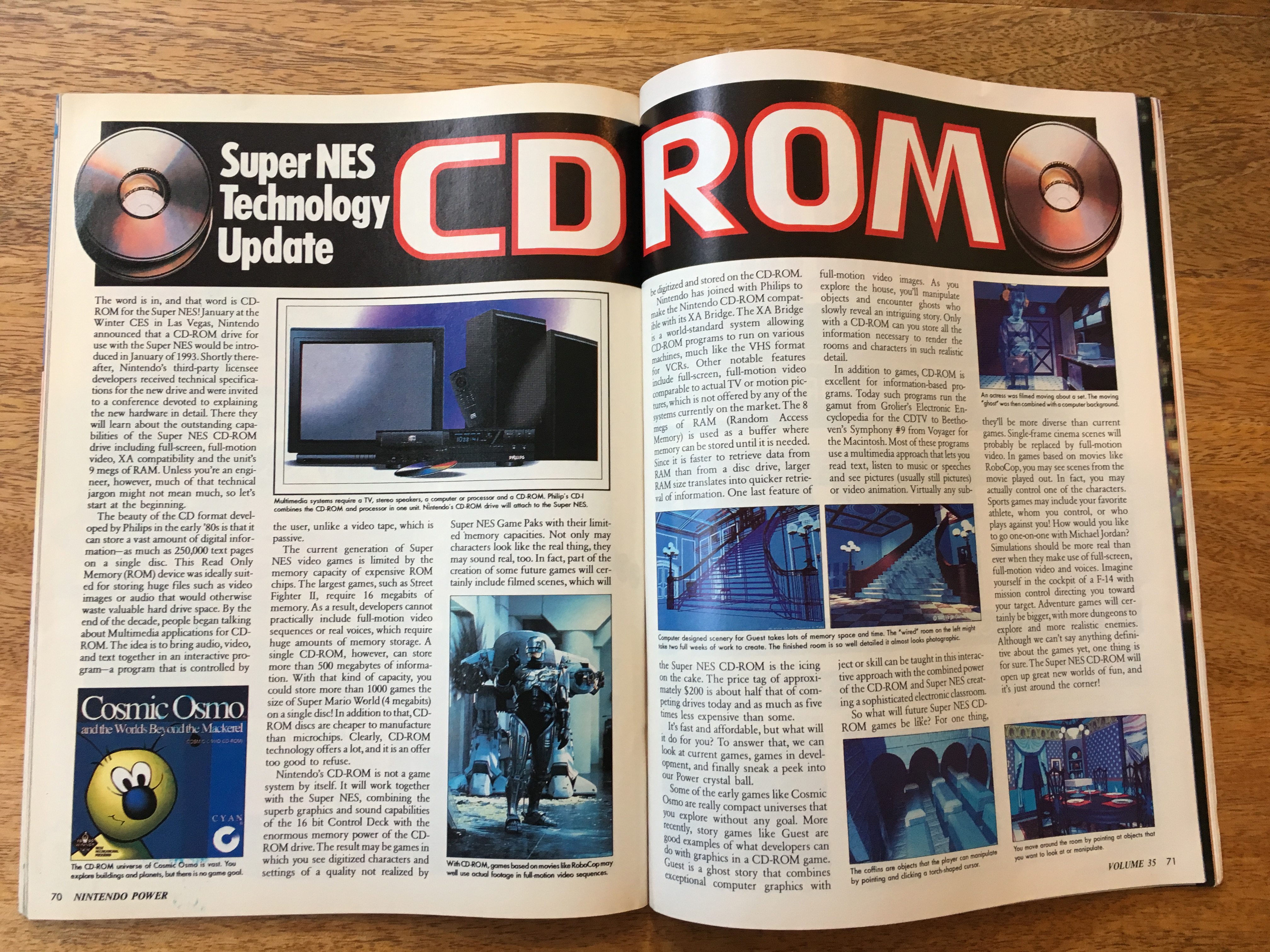
In the release of Nintendo Power in April 1992, a voluminous article appeared, extolling the virtues of the SNES CD-ROM. Photo: Chris Kohler (Kotaku)
So the problem was solved? Obviously not, since we know that in 1994, Sony will launch its own PlayStation, launching a full-scale attack on Nintendo. So what happened?
Ken Kutaragi, who was a young engineer and didn’t have much power at Sony, still wanted the company to go its own way and create a video game console. His opponents were older, more conservative members of the Sony board who were not interested in creating a console. But Kutaragi found an ace up his sleeve: Sony Norio Og, Chairman of the Board of Sony, was on his side, who supported the engineer when he discovered that he was secretly developing a sound chip for Super NES. Kutaragi convinced Og that Nintendo’s deed at CES 1991 was an unforgivable slap in the face, and Sony should give a powerful answer. Og allowed Kutaragi to work on the PlayStation project.
Sony management would not accept this step calmly. In Console Wars, Blake Harris says that Sony's announcement of re-joining the Nintendo project was the decision of the “old guard,” a sign that it still has power in the company. In addition, it was a clever conservative move. Nintendo was a huge monster of the gaming industry, and it seemed that without Sony's gaming experience, there was no point in it. Management believed it was better to work with Nintendo and collect royalties.
Nintendo's last line of defense
Despite the postponements, as of February 1, 1993, the SNES CD-ROM project was still developing. On this day, Nintendo held a technical conference to inform developers about the new format specifications. Documents from this conference, recently received and scanned by my friend, game historian Steve Lin, give us a detailed description of how the equipment should have worked.
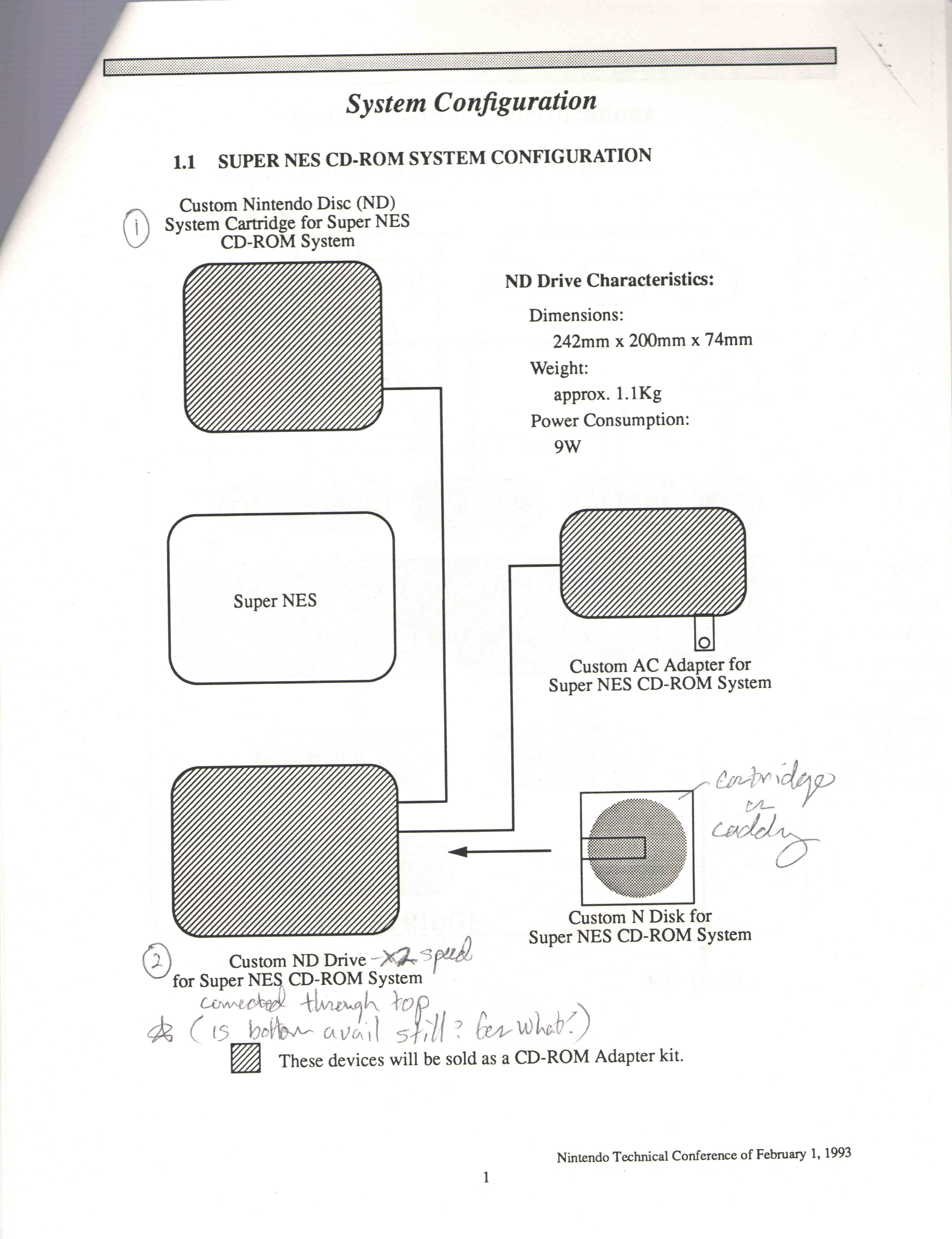
At that time, Nintendo introduced a major new addition to the hardware CD-ROM: a 32-bit coprocessor. It should have made a CD-ROM with some combination of a Sega CD and 32X, but the Nintendo system would have looked more elegant than a jumble of Sega add-ons. The built-in 1 MB of SNES RAM would have been supplemented with another 13 megabytes, so a large amount of data could be downloaded from a CD-ROM at a time. At the center of all this was a chip called the Hyper Advanced Nintendo Data Transfer System, or HANDS. Obviously, Nintendo wanted to make a special effort in order to try to solve one of the main problems of the CD-ROM - a great load time.
All this extra hardware — 32-bit processor, RAM, HANDS and the rest — would not be in the ND Drive device, which should have been installed under Super Nintendo, but stored in a cartridge inserted into the upper SNES slot, where games are usually put . ND Drive under the console was supposed to be a simple CD-ROM drive and nothing else. However, he would still need a separate power supply.
In these documents there is one interesting touch. Near the picture CD-ROM by hand is written "cartridge or caddy." Remember the caddy cd? On older drives, it was necessary to place the disk in a plastic case, and only then insert this case into the drive. He helped protect the disk from scratches, but Nintendo came up with another use for it: to protect against piracy, she wanted to put a protective chip in the caddy and then pack the disk inside. That is, if SNES CD-ROM was actually released, the games would not be distributed on disks, but on CDs in plastic cases with protective chips inside.
Judging by another handwritten note in the document, it was assumed that Nintendo will release the "Super NES CD-ROM System" in 1993 or 1994. But the last time the world heard about her was at this conference. Nintendo never made an official statement about the SNES CD-ROM: it did not show the finished equipment, did not announce the line of games, did not declare the release date and price. The device just disappeared.
Part of this disappearance was caused by the upcoming arrival of a new generation of "iron". In early 1993, Nintendo, together with the American company Silicon Graphics, began work on what would later become Nintendo 64, announcing the development of a new three-dimensional gaming platform later that year. And in early 1994, according to the New York Times , she made an “amazing statement” that the new system, then known as “Project Reality,” would not use CD-ROMs, but cartridges .
But it cannot be said that not a single Nintendo game as a result came out on CD-ROM. As part of the deal with Philips, Nintendo gave this Dutch company the right to create games with its characters for the CD-i platform. Philips took advantage of this amazing opportunity and created the three worst
Legend of Zelda franchise games , plus the difficult Hotel Mario .

Zelda: The Wand Of Gamelon was one of three Legend of Zelda games created by Philips for its CD-i console, which could be compared to SNES CD-ROM if it were released anyway. Screenshot: Philips ( VGMuseum )
Nintendo's refusal to use the CD-ROM format proved to be an excellent opportunity for Ken Kutaragi and Sony, which enabled her to capture almost all of Nintendo’s market share. The elegant PlayStation system, built on the basis of CD-ROM, used all the advantages of this carrier: it allowed developers to create voluminous games with gorgeous video sequences and high-quality soundtracks, spend less money on disc production and avoid Nintendo’s deadly grip on the entire ROM chip market.
One of these developers was Square, so frustrated by Nintendo’s use of the discs, that it completely turned over to Sony and attracted other developers. Square's Final Fantasy VII , shipped on three CD-ROMs, will be one of the most successful games, will ensure PlayStation dominance for years and prove that CDs allow developers to create truly unique games.
And the SNES CD-ROM system itself, and how Nintendo talked about it for several years, always had signs of vaporware, but not only because the details about it were never revealed and it never came out. It has always been an imaginary product, mainly designed so that consumers do not buy the CD-ROM drive that Sega sold.
The discovery of the Sony Play Station prototype in 2015 was an important moment in the history of the SNES CD-ROM. Now hackers had the opportunity to get deep into the system and understand how it works. And if there are any prototypes of games, then they can be run in emulation or on a real device. (Who knows, maybe there is an untrimmed version of Secret of Mana somewhere else.)
But the real Holy Grail for SNES CD-ROM hunters is still to be found: a prototype 32-bit add-on that Nintendo planned to release. If we ever find him or games for him, it will be an amazing opportunity to take a look at the long-lost Nintendo gaming platform.
Of course, if it existed at all.
Source: https://habr.com/ru/post/423041/
All Articles